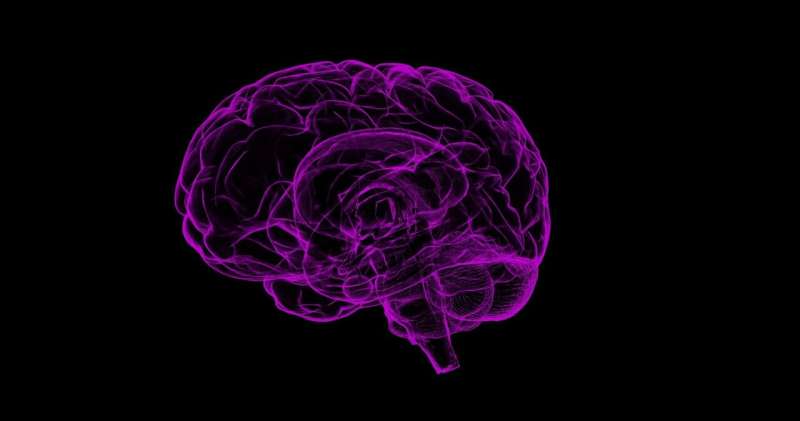
Scientists at the Walter Reed Army Institute for Research have shown that microRNA biomarkers related to Alzheimer’s disease play a role in brain damage caused by traumatic brain injury.
TBI or brain trauma results from blows to the head, leading to chronic disruption of the brain and a cascade of long-term health conditions. Patients who suffer from TBI are at much higher risk of developing neurodegenerative disease or dementia, particularly Alzheimer’s disease. The mechanism behind this relationship remains understudied, making the development effective therapeutics challenging.
MiRNAs are small pieces of genetic material that play a critical role in normal gene expression. Yet, studies have also linked abnormal miRNA levels, or dysregulation, to a range of diseases including neurodegenerative disorders and cell death after TBI, making them a subject of great interest to researchers who hope to use them as biomarkers and novel targets of drug therapies.
In their publication in the Frontiers in Neuroscience, researchers evaluated more than 800 miRNAs in TBI models, showing that TBI caused coordinated miRNA dysregulation followed by increased amounts of the beta-site amyloid cleaving enzyme, or BACE1, and loss of amyloid precursor protein. BACE-1 cleaves APP to generate amyloid beta peptides, a hallmark of neurodegenerative disease pathology and brain cells loss, which are the focus of several clinical trials for Alzheimer’s disease.
“The coordination of miRNAs, BACE1 and APP may serve as collective biomarkers reflecting the harm caused by TBI that is relevant to development of neurodegenerative disease,” said Dr. Bharani Thangavelu and Dr. Bernard S. Wilfred, lead authors within Brain Trauma Neuroprotection Branch at WRAIR’s Center for Military Psychiatry and Neuroscience.
“MiRNAs are increasingly recognized as mediators of injury. It is quite remarkable that BACE1 and APP are hubs for the miRNA affected by TBI. This work infers that there may be underlying common features of TBI and AD that have not been seen before without a genetic variant, which is more frequently studied, for models that explore the connections between TBI and neurodegenerative disease,” remarked Dr. Angela M Boutte, section chief of molecular biology and proteomics within the BTN Branch.
Source: Read Full Article
